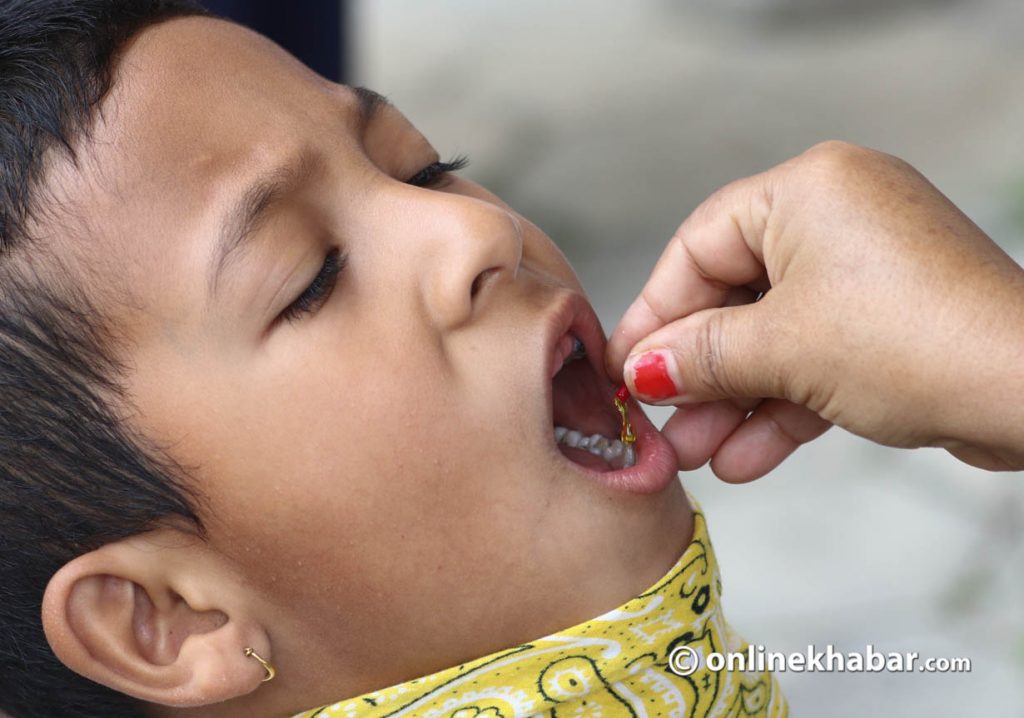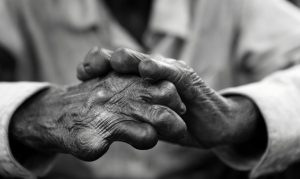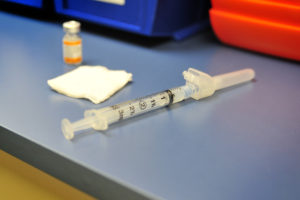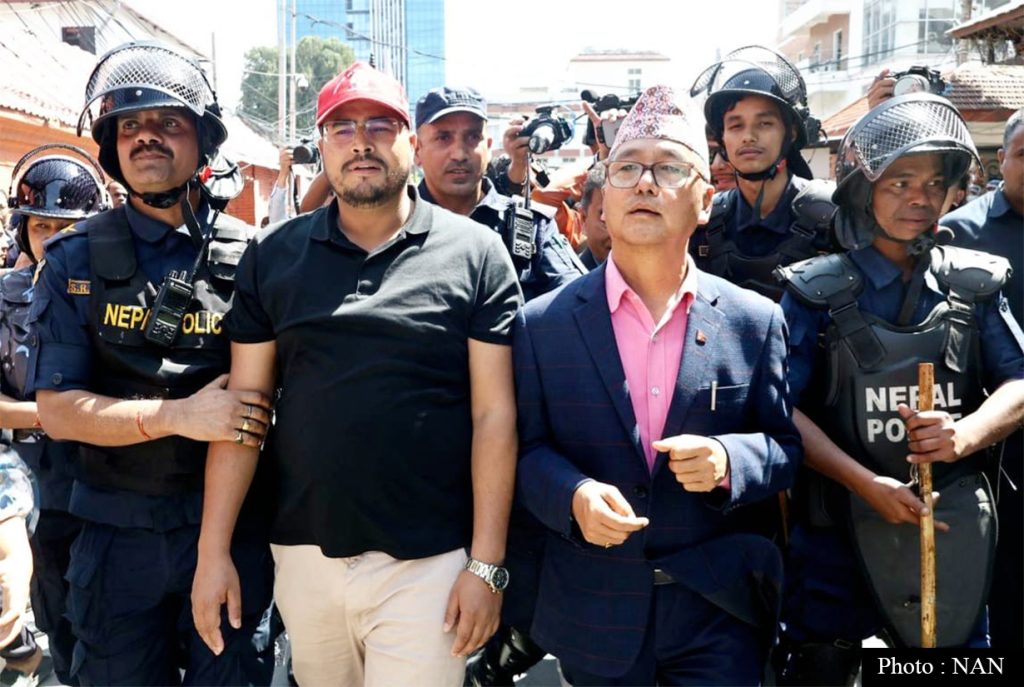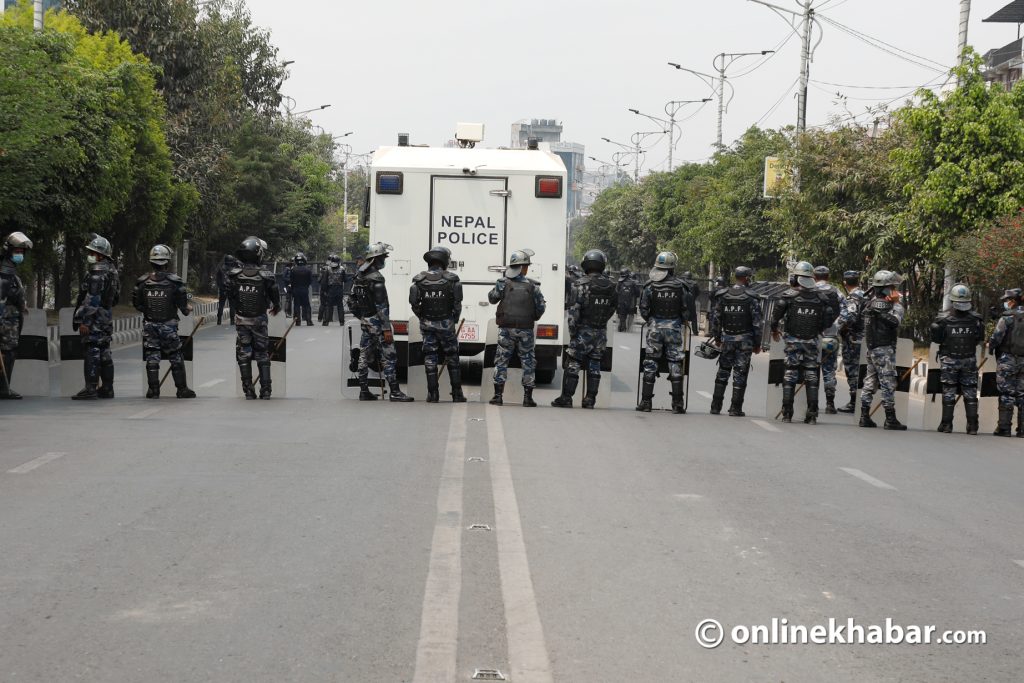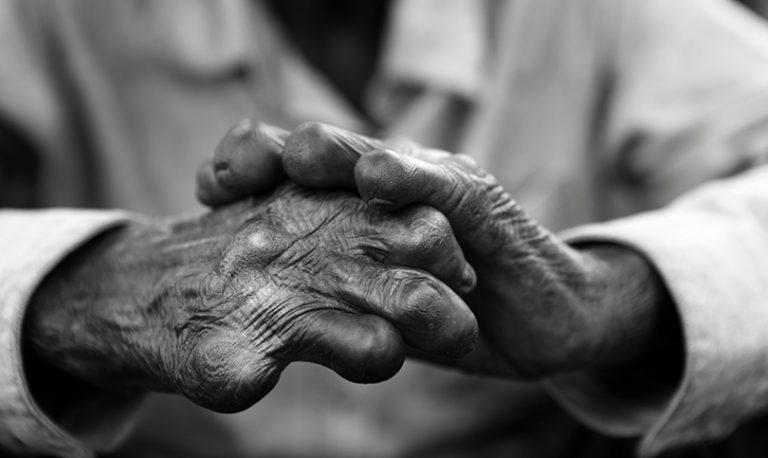
Leprosy, also known as Hansen’s disease, is an infectious disease caused by the bacteria Mycobacterium leprae. It is one of the oldest known diseases and has been mentioned in various religious texts throughout history. Leprosy in Nepal and its symptoms have been mentioned in various religious texts including Swasthani.
Overall, people knew the disease but considered it a result of sins and actions of past life.
Nepal declared itself leprosy-free in January 2010, but the disease still affects at least 3,000 people in the country on a yearly basis. So why?
Why is leprosy in Nepal still a problem?

Despite Nepal’s leprosy-free status, the country continues to struggle with the disease due to a lack of awareness and the stigma associated with leprosy in Nepal.
Another challenge is the nature of the disease itself. It is a less infectious disease and has an incubation period of two to five years, allowing it to progress. Many people who notice the symptoms and reach health institutions are already in the advanced stages of the disease.
Efforts to curb the problem of leprosy in Nepal include outreach to communities and providing treatment and reconstructive surgery to those affected by the disease. The goal is to end the transmission of this 4,000-year-old disease by 2035.
How does it spread?
The disease is transmitted through contact with the nasal secretions or skin lesions of an infected person. It affects the motor, sensory and autonomic or peripheral nervous systems. The incubation period for leprosy is two to five years, making it difficult for patients to receive treatment in the early stages of the disease.

The major symptoms of leprosy in Nepal include numbness and loss of sensation in the hands and feet, as well as skin patches that are lighter or darker than the surrounding skin. The disease also affects the nervous system, causing muscle weakness and deformities in the hands and feet.
Mycobacterium leprae is the bacterium that causes leprosy, but there are different subtypes of the bacterium that can lead to different clinical forms of the disease, such as tuberculoid, lepromatous, borderline, and indeterminate leprosy.
There are also three degrees of disability. Grade 0 is no eye problem or loss of vision; grade 1 is having anaesthetic limbs, but no visible deformity or damage, and grade 2 is the presence of visible deformity or damage.
When an individual reports leprosy, there are chances of other family members getting the disease too. There is no precautionary test to detect leprosy. But, if someone has been detected, it is advised to perform contact tracing or a smear test to determine the infection.
So what is the treatment?

Treatment for leprosy in Nepal involves a combination of antibiotics, called multidrug therapy (MDT), which is provided free of charge by the World Health Organization (WHO). Reconstruction surgery may also be necessary to correct physical deformities caused by the disease.
In 1982, the WHO prescribed a list of medicines that are to be consumed by patients. Depending on the patients, doctors prescribe one or multi-drug medicines that help them combat leprosy in Nepal. The drugs are prescribed to them for a period of six months to one year, depending on the severity of the cases.
From the very first dose of the medication, the infection chances drop down to 99 per cent. So, patients do not need to be isolated anymore. The medications are all available free of cost and given to the patients on a monthly basis from health offices across the country. There are still hospitals and referral institutions working to treat patients with leprosy in Nepal, including Pokhara, Nepalgunj, Surkhet, and Dhangadhi.
Other treatment includes reconstructive surgery, with which doctors may be able to correct deformities caused by leprosy, such as clawed fingers or shortened tendons. Prosthetics and orthotics can be another option to create artificial limbs for people who have lost limbs due to the disease.
Physiotherapy and rehabilitation include physical therapy, occupational therapy, and other forms of therapy to help improve mobility, reduce pain, and prevent further disability.




